STRESS- STRAIN – TIME- TEMPERATURE
Testing Services

Elastomer Hyperelastic
Elastomer Testing in Tension, Shear, Biaxial and Bulk strain states to fit stable and accurate material models.
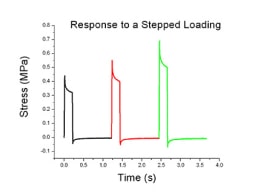
Elastomer Viscoelastic & Rate Effects
Step tests, DMA vibrations, large strain oscillation experiments to characterize viscoelastic behaviors.
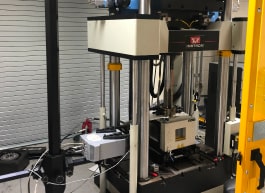
High Strain Rate Testing
Strain rate experiments to 1000/s across a range of materials to provide crash, impact and dynamic event material properties.

Training
Training to support materials testing and material model generation provided with the support of simulation software providers.
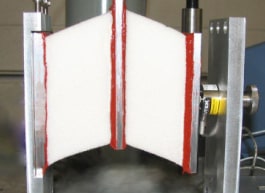
Foams Hyperfoam
Foam materials testing in Compression, Shear and Tension strain states to fit stable and accurate hyperfoam material models.
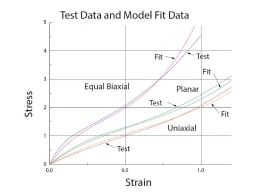
Material Model Calibration Services
Elastomer, foam and plastic material models are fitted for native material models in Abaqus, ANSYS, Marc and other simulation codes.
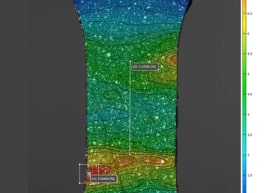
Plastic Characterization
Experiments in Tension, Shear, Compression at a wide range of rates, temperatures and loading patters to support the creation of complex plastic material models.
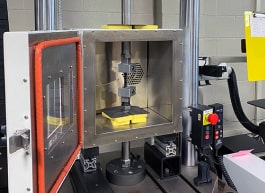
Plastic Fatigue & Creep
Fatigue and Creep experiments are performed to generate data sets to support CAE material cards for durability analysis.
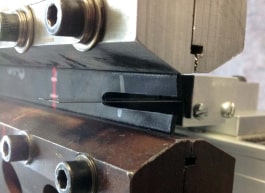
Rubber Fatigue and Crack Growth
Fatigue Crack Growth tests and other tearing energy experiments are performed to support fracture based failure material models in durability analysis.
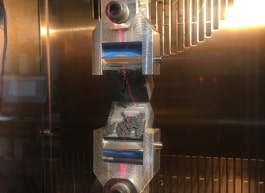
Adhesives, Fabrics, Foils & Miscellaneous
Many different materials are characterized at Axel Products including Adhesive, Fabrics and Foils.

